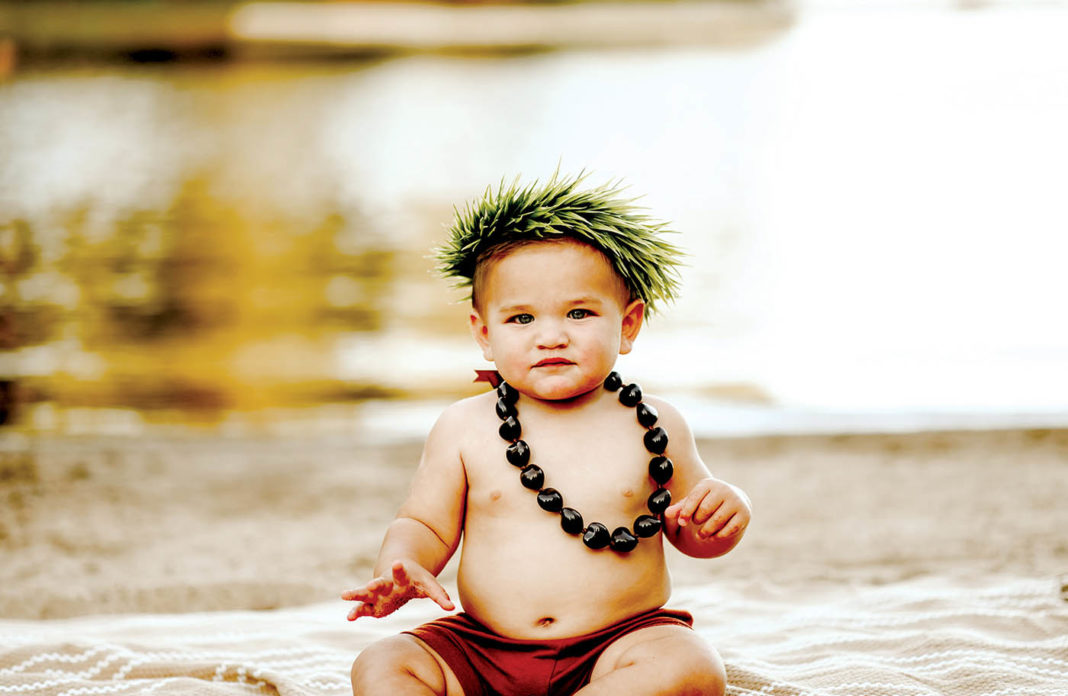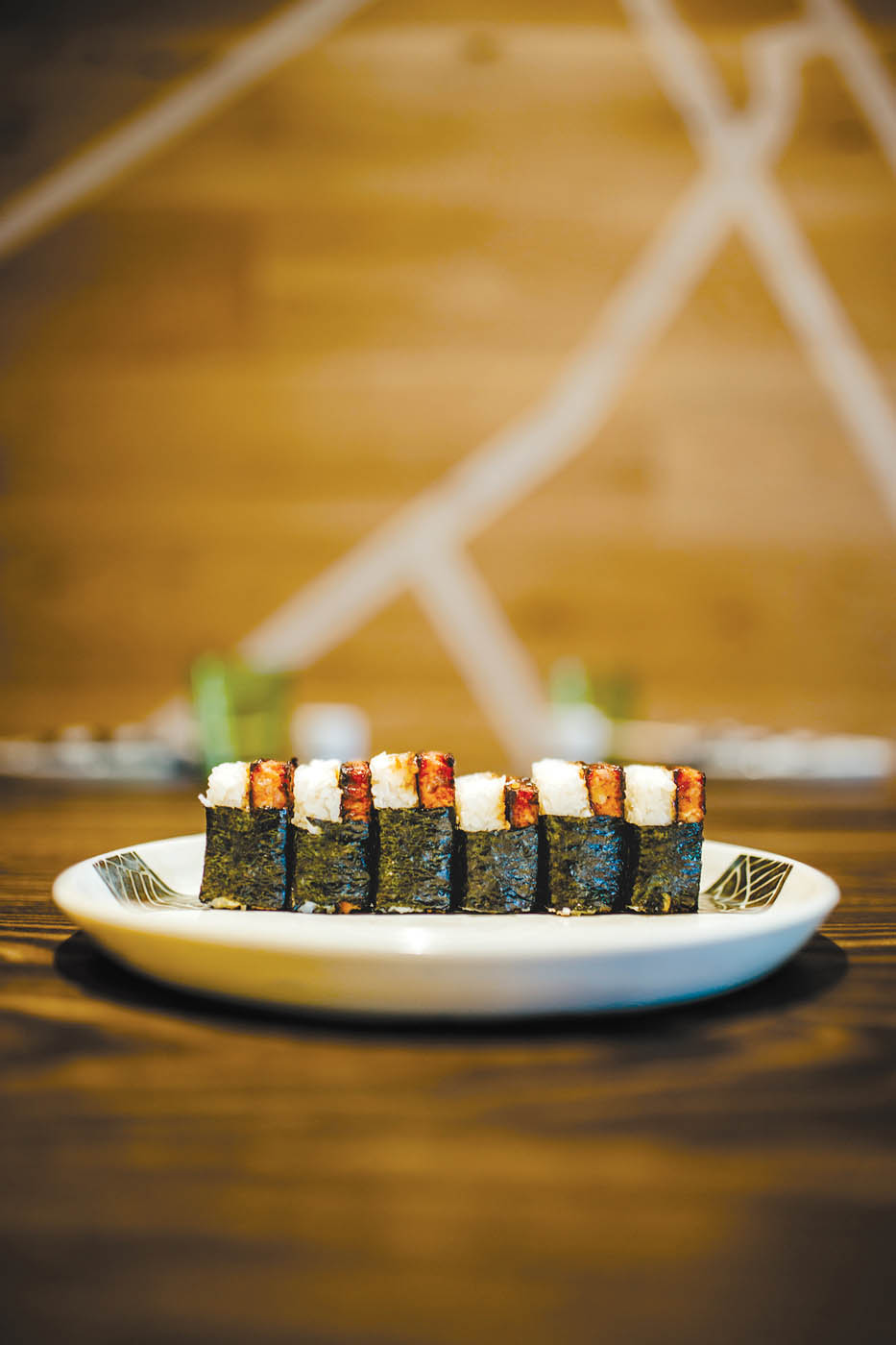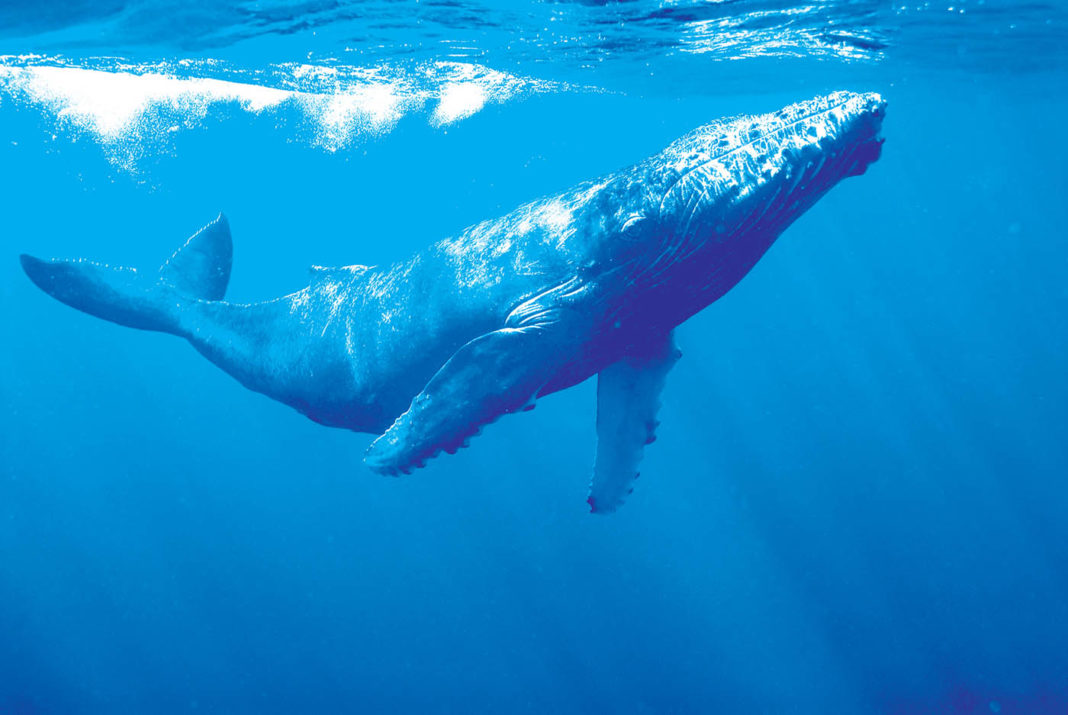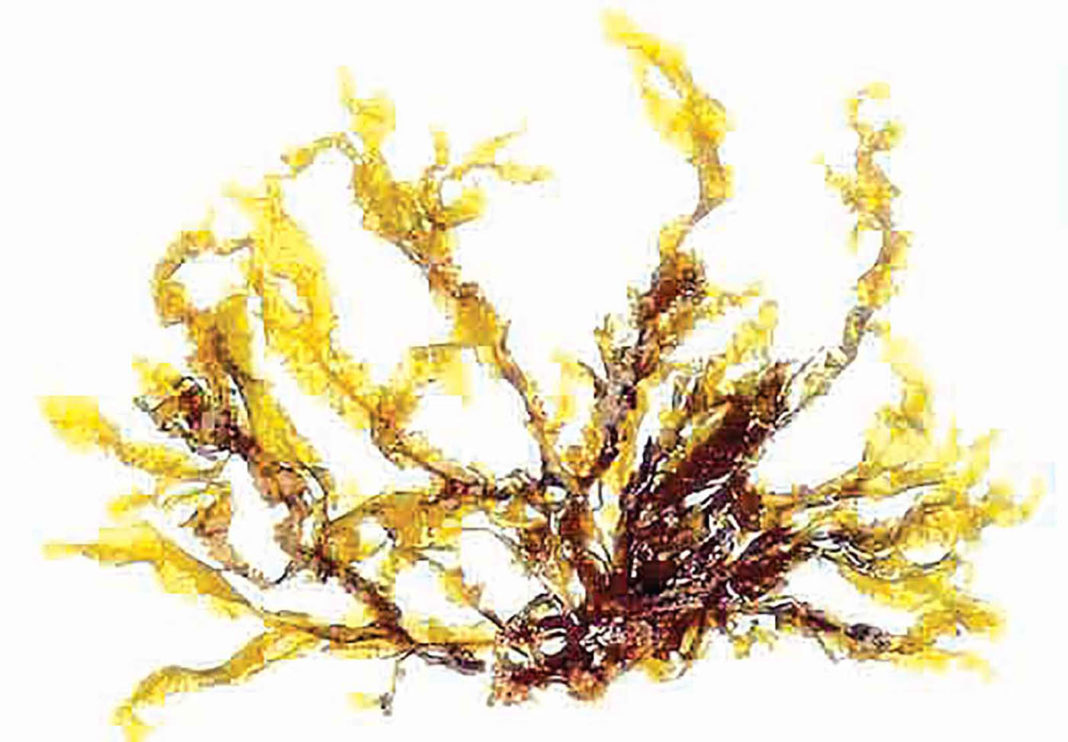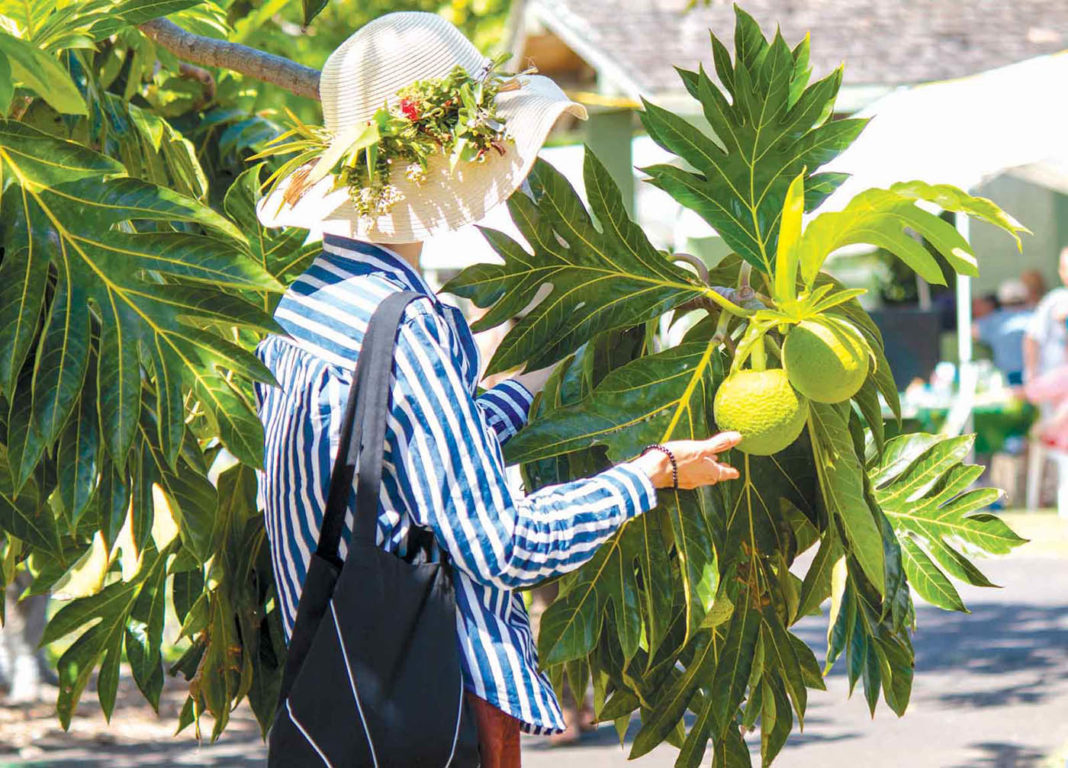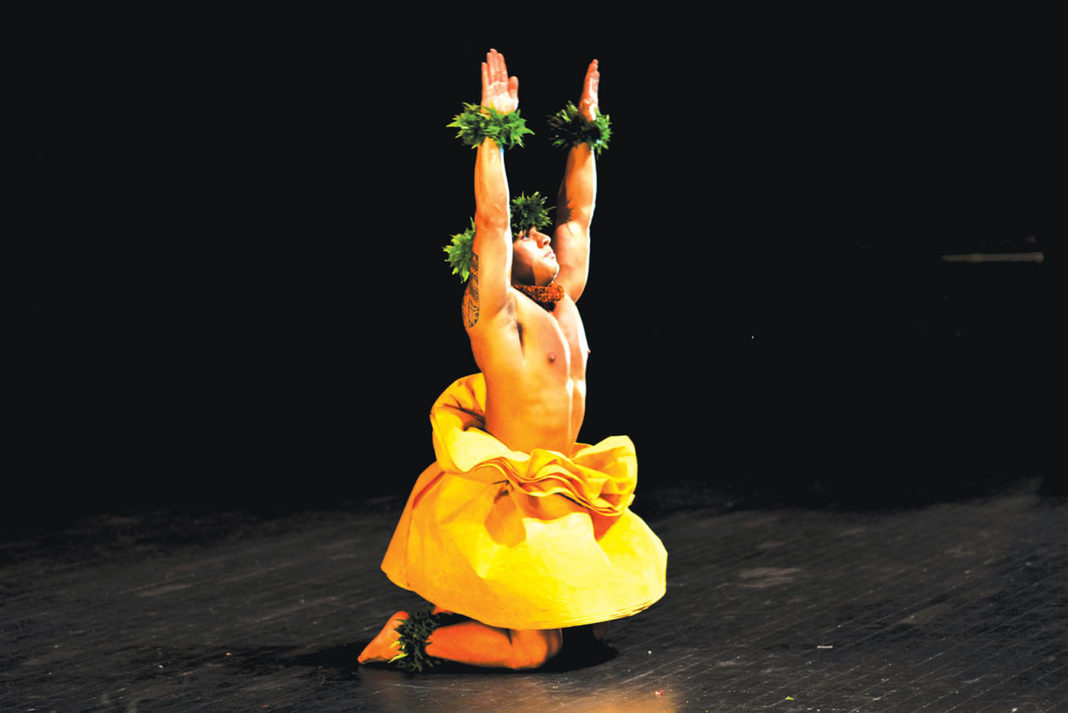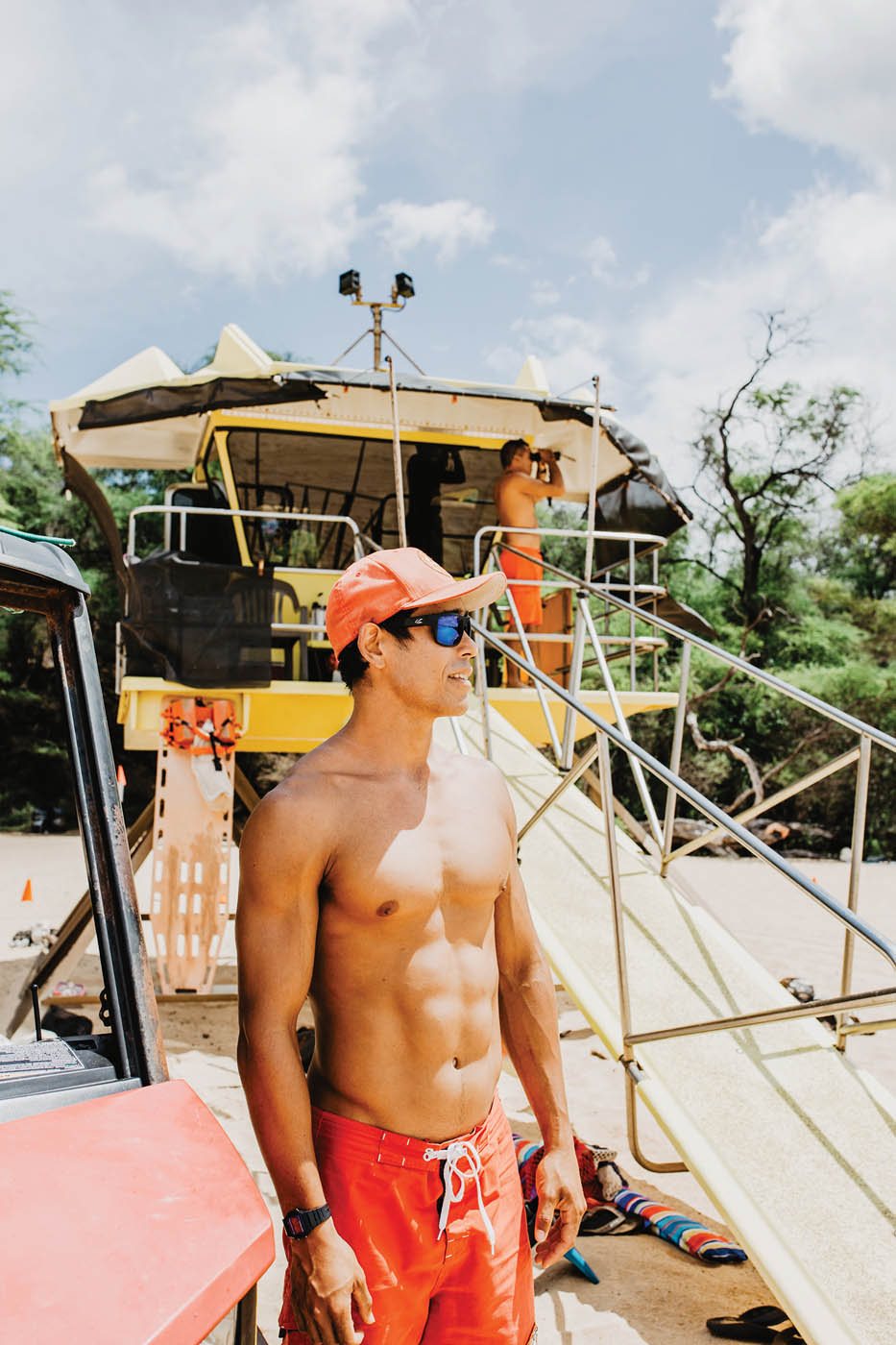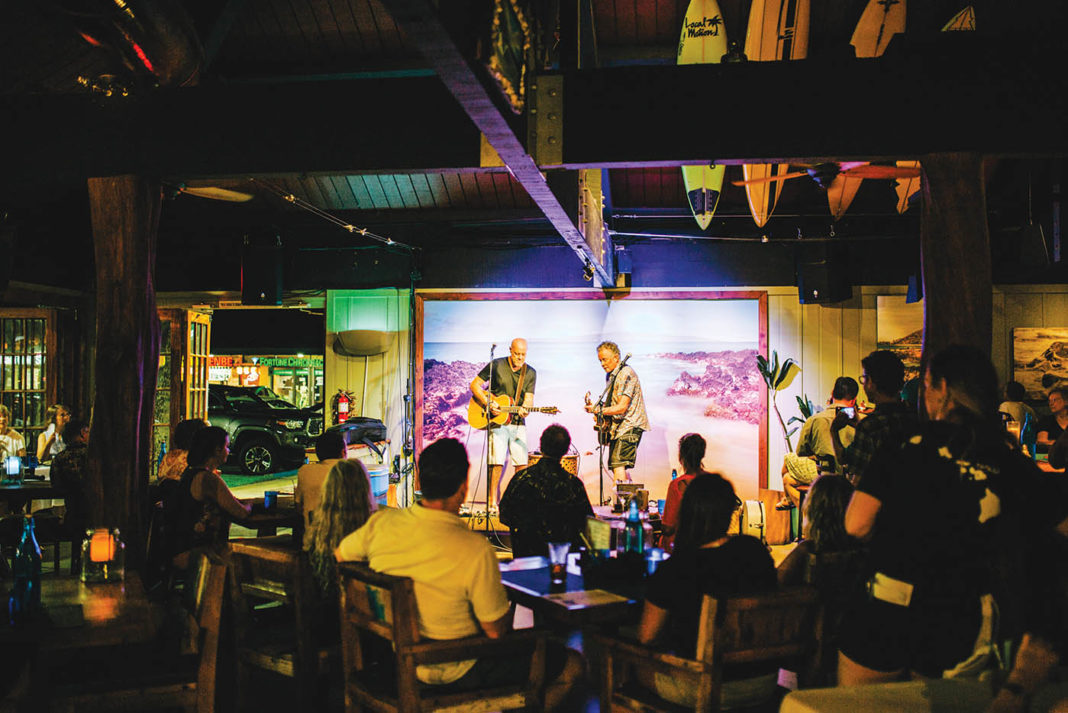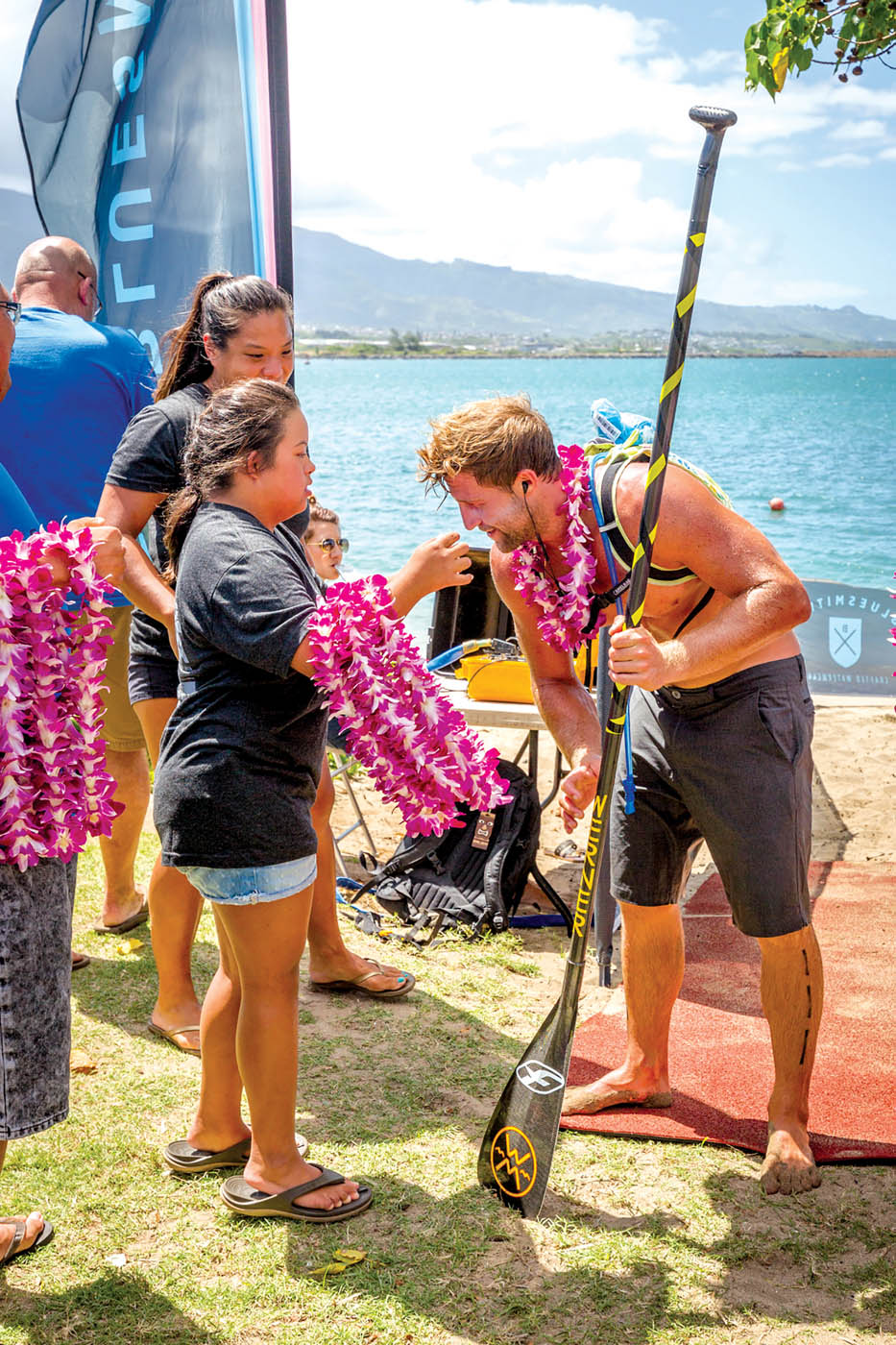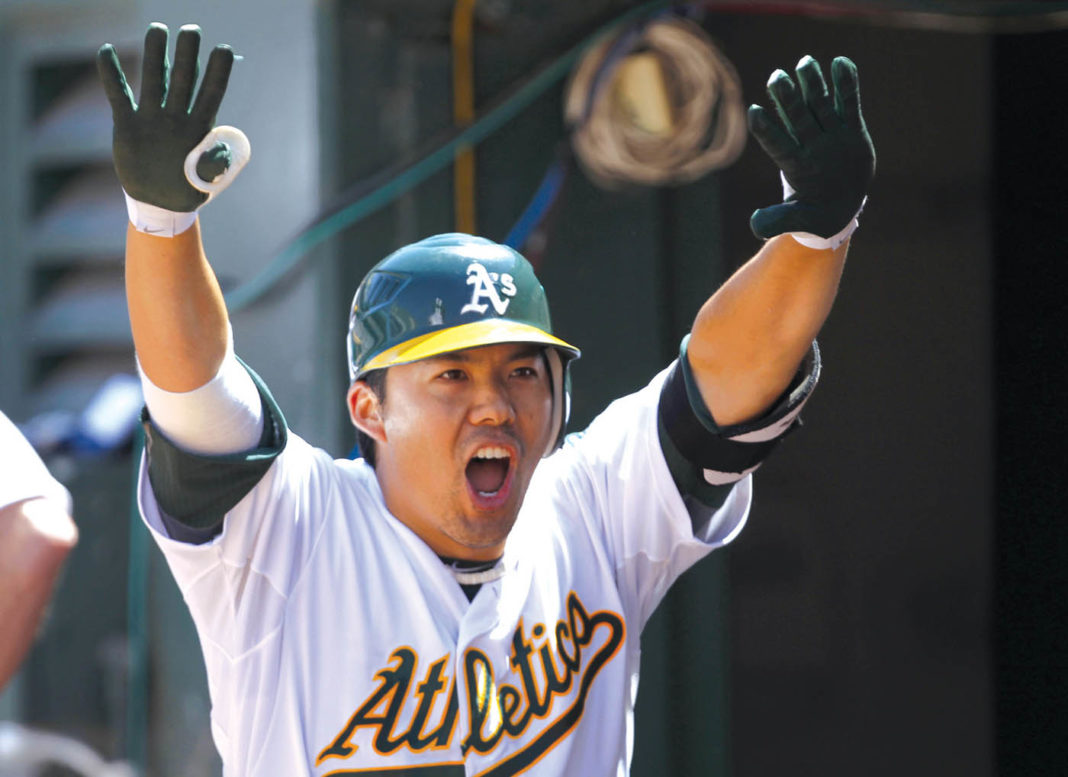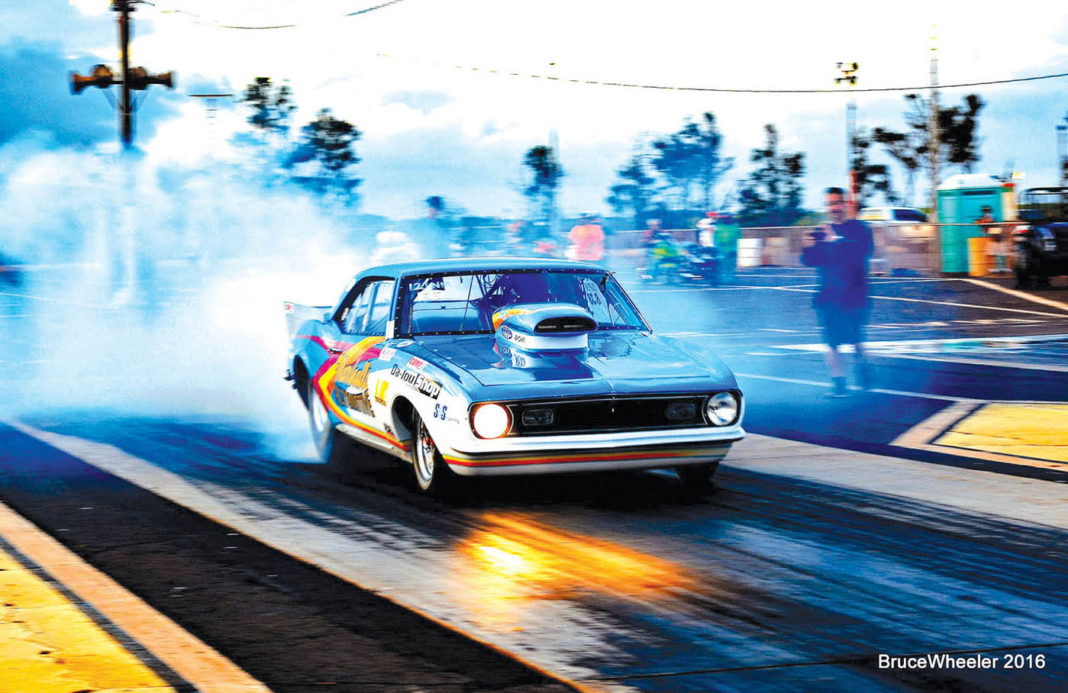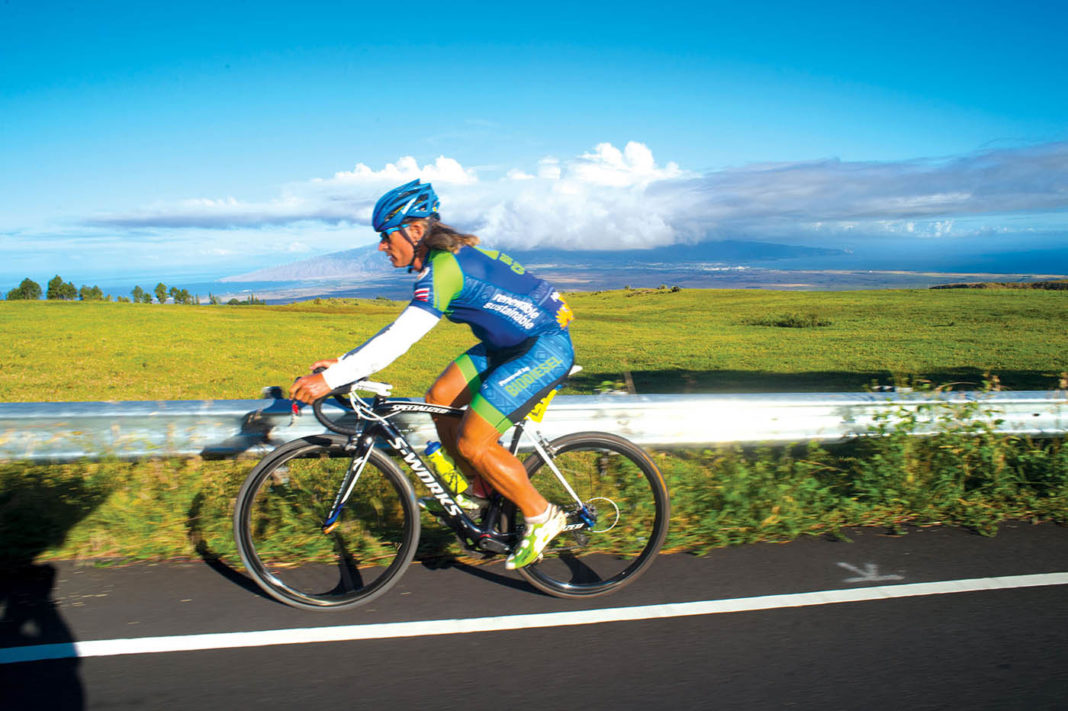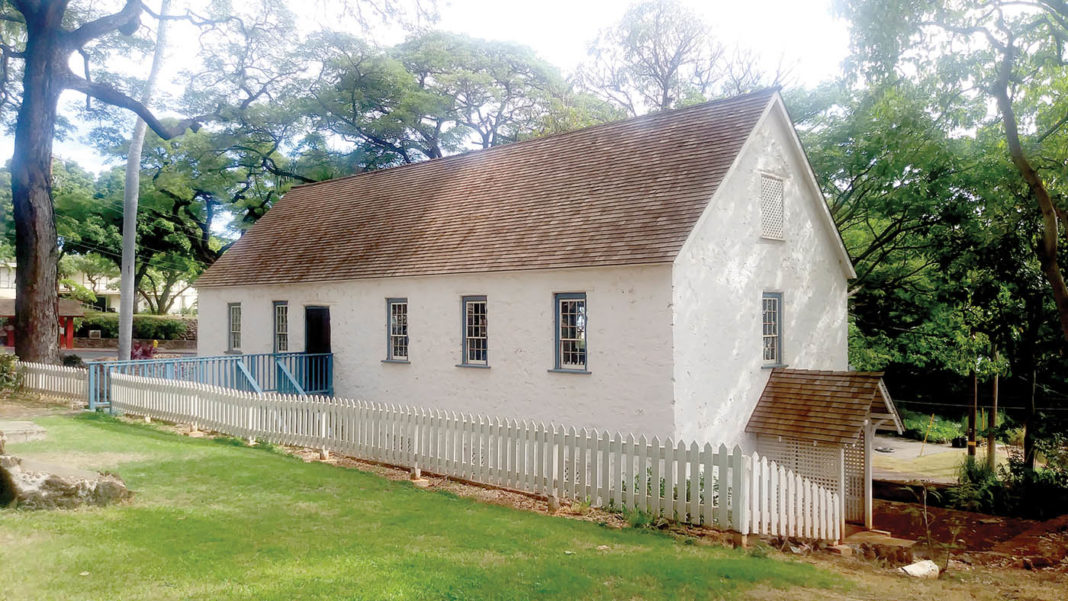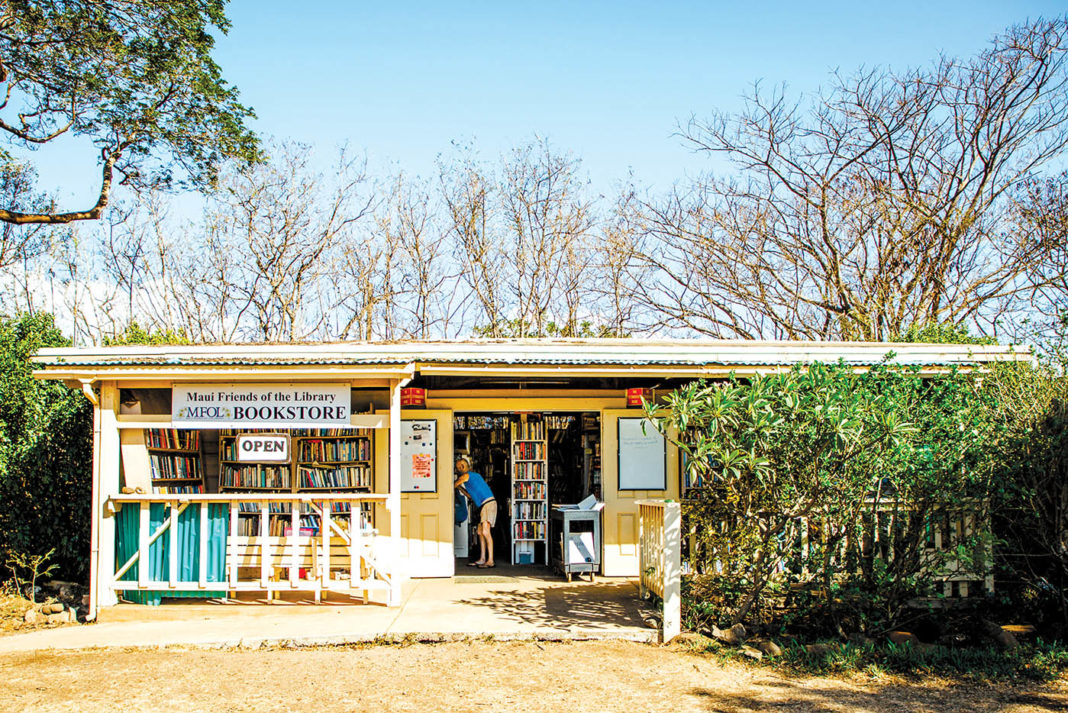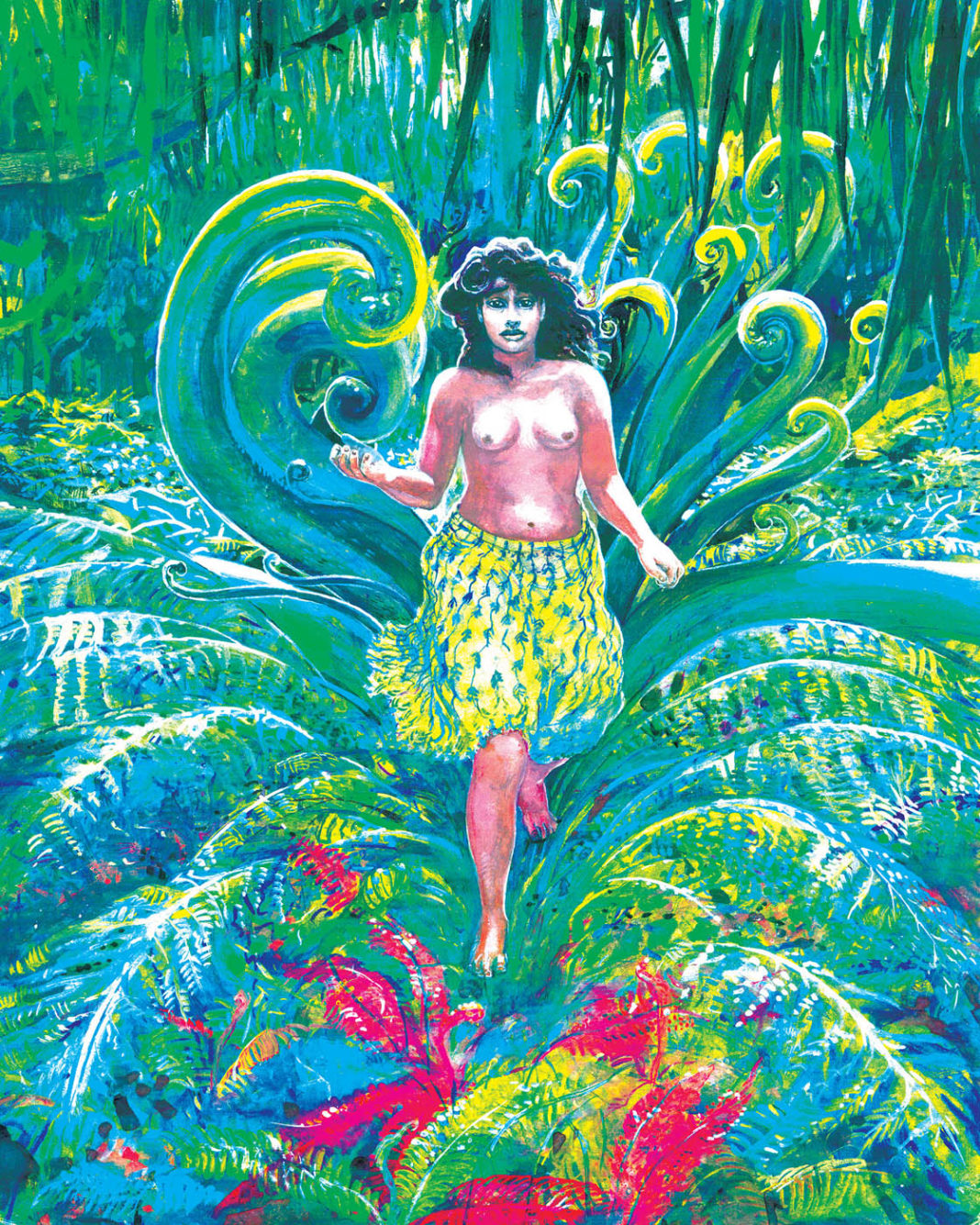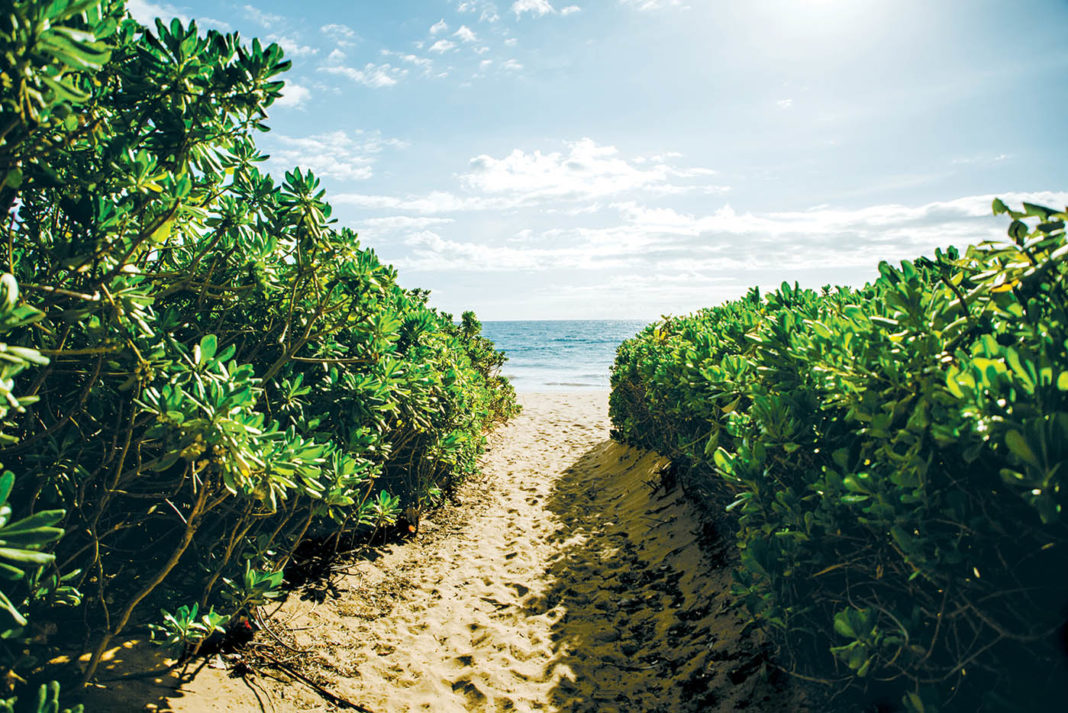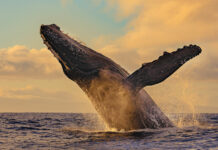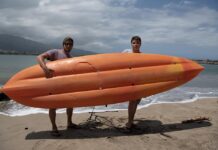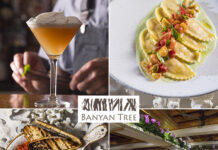Story by Shannon Wianecki
When Mark Twain traveled by steamer to Maui in 1866, he planned to stay a week—and remained five. “I never spent so pleasant a month before, or bade any place goodbye so regretfully,” he wrote afterward. Many of today’s visitors feel the same, though much has changed here since Twain’s time. People arrive by jet now, armed with apps and Internet advice. They stock up on sashimi platters and açai bowls at Costco before heading out to Ho‘okipa to snap Instagram stories of sea turtles napping on the sand.
Maui’s true miracles remain untouched by progress. The moonlight still sparkles like quicksilver on the heaving surf at ‘Ukumehame. The Kahului bank tellers still greet customers with a trace of Pidgin and a heap of aloha. Haleakalā, the mighty, hollowed-out volcano that left America’s satirist speechless, still blushes deep rose at sunset and thrusts its unyielding shoulder against coming storms. In these pages you’ll find a few of the many things we cherish about our island home. Our annual Shaka List—wholly subjective and presented in no particular order—is simply our way of saying mahalo, thank you, to the people, places, and experiences that make Maui nō ka ‘oi (the best).
1 First-birthday lū‘au
In Hawai‘i, a baby’s first birthday is a major celebration, dating back to eras when an infant’s survival wasn’t guaranteed. Get yourself invited and prepare to feast on traditional treats—pa‘i ‘ai (fresh pounded taro), ‘opihi (limpets) and ‘ōpae (freshwater shrimp)—and bomb down the inflatable castle’s slide.
2 Lineage’s house-made Spam musubi
Celebrity chef Sheldon Simeon remains a local boy at heart. Case in point: the house-made Spam musubi at Lineage, his restaurant in tony Wailea. Buggah stay ‘ono! (It’s delicious.)
3 Hawaiian humpback whale nursery
Mama humpbacks seem to favor Maui waters; they migrate here each winter to birth and
feed their calves. Researchers captured rare footage in January 2019: a newborn whale
in the channel between Maui and Lāna‘i, just moments after its birth.
4 Limu līpoa
Locals in the know covet līpoa, the leafy, golden-brown limu (seaweed) that once carpeted the Waikīkī seabed and filled the air with its scotch-like scent. Served fresh and raw or heavily salted, this tasty limu still grows in South Maui near the street bearing its name. Occasionally you can find it for sale at Takamiya Market.
5 Lā ‘Ulu Festival
Maui Nui Botanical Gardens’ annual party celebrates ‘ulu, the Polynesian superfood. Festivalgoers sample ‘ulu (a.k.a. breadfruit) in every conceivable configuration: baked, roasted, fried, ground into pizza dough, or whipped into pie filling. After gorging on the nutritious and versatile staple, attendees enjoy music, play rounds of ‘ulu maika (breadfruit bowling), and buy baby breadfruit trees to plant at home. The free festivities move Maui a notch closer to self-sufficiency.
6 Kū Mai Ka Hula
Maui’s version of the Merrie Monarch Festival features astonishing performances by hālau hula (hula troupes) from Japan and Hawai‘i. Held in September, the all-day event opens a rare window into the hallowed world of Hawaiian dance.
7 Lifeguards
They suss out potential dangers, educate beachgoers, and rush to the rescue along some of Maui’s most popular beaches. Luckily for us, their training goes beyond the United States Lifesaving Association’s certification requirements, and their skills are put to the test annually to ensure they’re up to the job. For these brave responders, a day at the beach is anything but a vacation, and they deserve our deepest aloha.
8 Live music at Nalu’s South Shore Grill
Award-winning singers like Amy Hānaiali‘i, her brother Eric Gilliom, and Barry Flanagan of Hapa perform weekly at this casual Kīhei grill. The menu is inexpensive and satisfying; the nightly concerts are outstanding and free.
9 Paddle Imua
The stoke is strong when the armada of stand-up, outrigger, and prone paddlers launches into the water at Māliko Gulch for a thrilling downwind race. The annual event benefits Camp Imua, a weeklong summer camp for kids with special needs.
10 Kurt Suzuki
In 2007, a Maui boy broke into the big leagues as a catcher for the Oakland Athletics. Today the Baldwin High School grad has a $10 million two-year contract, claims 129 career home runs, and wears a catcher’s vest that looks like a Marvel hero’s armor. Suzuki is a hero. Each January he coaches young Maui sluggers at his All Pono baseball clinic; he and wife Renee run a foundation focused on curing pediatric cancer; and they recently helped Puna residents recover after the Kīlauea eruption.
11 Drag Races at Maui Raceway Park
If roaring engines and squealing tires are your jam, head to one of the country’s oldest drag racetracks, the Maui Raceway Park in Pu‘unēnē. New racers welcome—just bring your license, helmet, and a vehicle that can pass inspection. Saturday competitions start with Jr. Dragsters, followed by Motorcycle, Street, and Import classes. Spectators welcome. MRP.org
12 Cycle to the Sun
Once a year, gonzo cyclists from around the globe come to Maui to put their mettle to the pedal. Maui Cyclery sponsors the mad two-wheeled dash, thirty-six miles uphill, from sea level to the 10,023-foot summit of Haleakalā—a feat worthy of the demigod Maui. Entry fees benefit Pā‘ia Youth & Cultural Center.
13 Hale Pa‘i
On February 14, 1834, the first newspaper west of the Rocky Mountains rolled off the press at Lahainaluna Seminary. Over the next century, the school published newspapers, literary classics, and even paper currency in a tiny coral-brick building. Now a museum and archive, Hale Pa‘i (print house) still shelters the original press.
14 Maui Friends of the Library Bookstore
When the corporate bookstores came—then left—Central Maui, Maui Friends of the Library filled the void. Their volunteer-run store in the Queen Ka‘ahumanu Center is lovingly stocked with new, used, and out-of-print volumes. The Hawaiian section is pure gold. True bibliophiles can venture out to the original Pu‘unēnē location, a tin-roofed shack where donated treasures go for twenty-five cents apiece.
15 Kino lau
In Hawaiian tradition, certain plants, animals and weather patterns are actually the gods walking among us. Thunder, kukui trees, and all-black pigs are kino lau (physical manifestations) of Lono, the god of agriculture. This belief encourages reverence and aloha for the natural world.
16 Public shoreline access
The best things in life are still free. By state law, the public may access any shoreline from the ocean up to the high-tide line—or as the law states rather elegantly, to the “upper reaches of the wash of the waves.” Hawai‘i’s beaches belong to us all.

